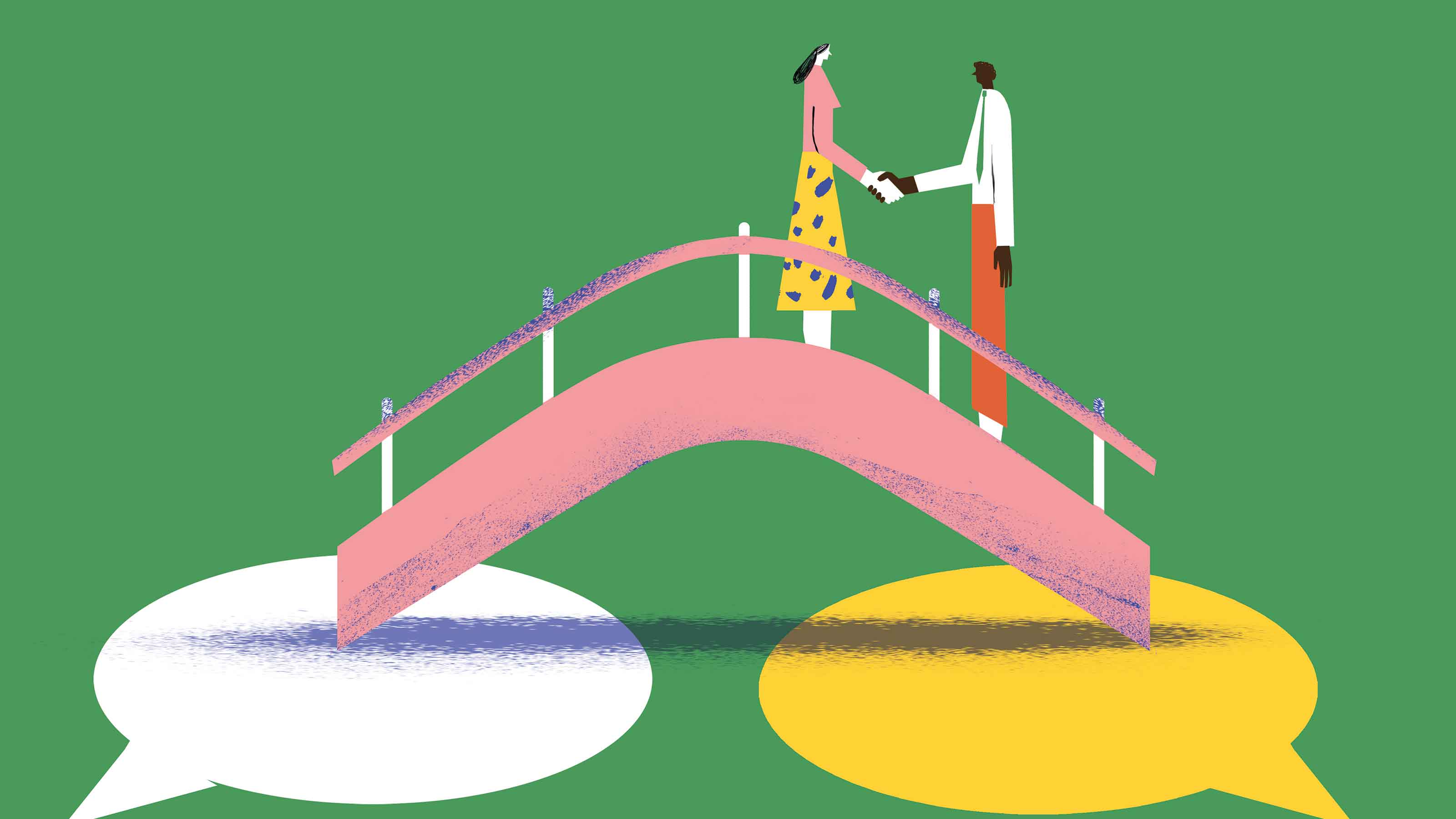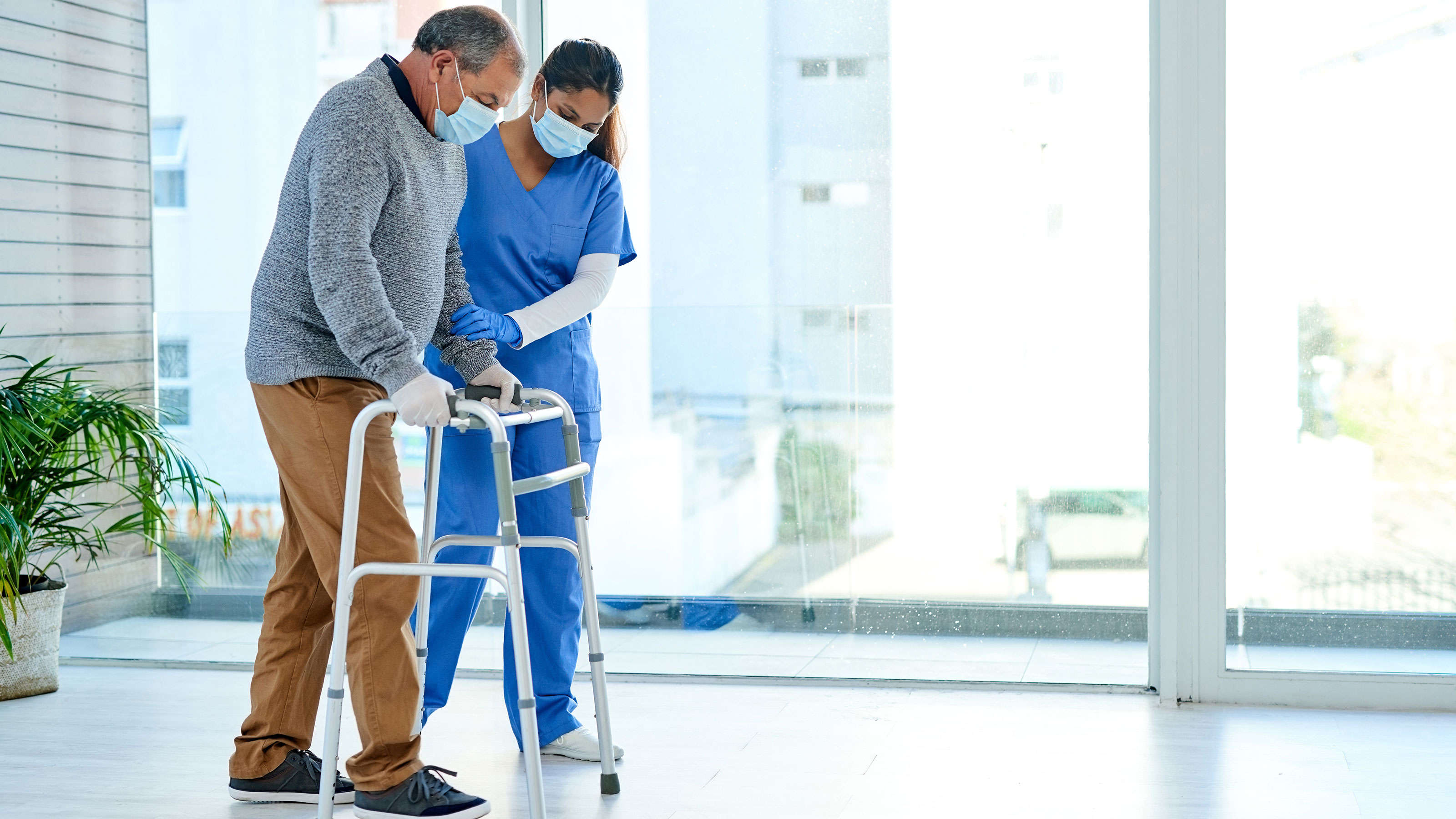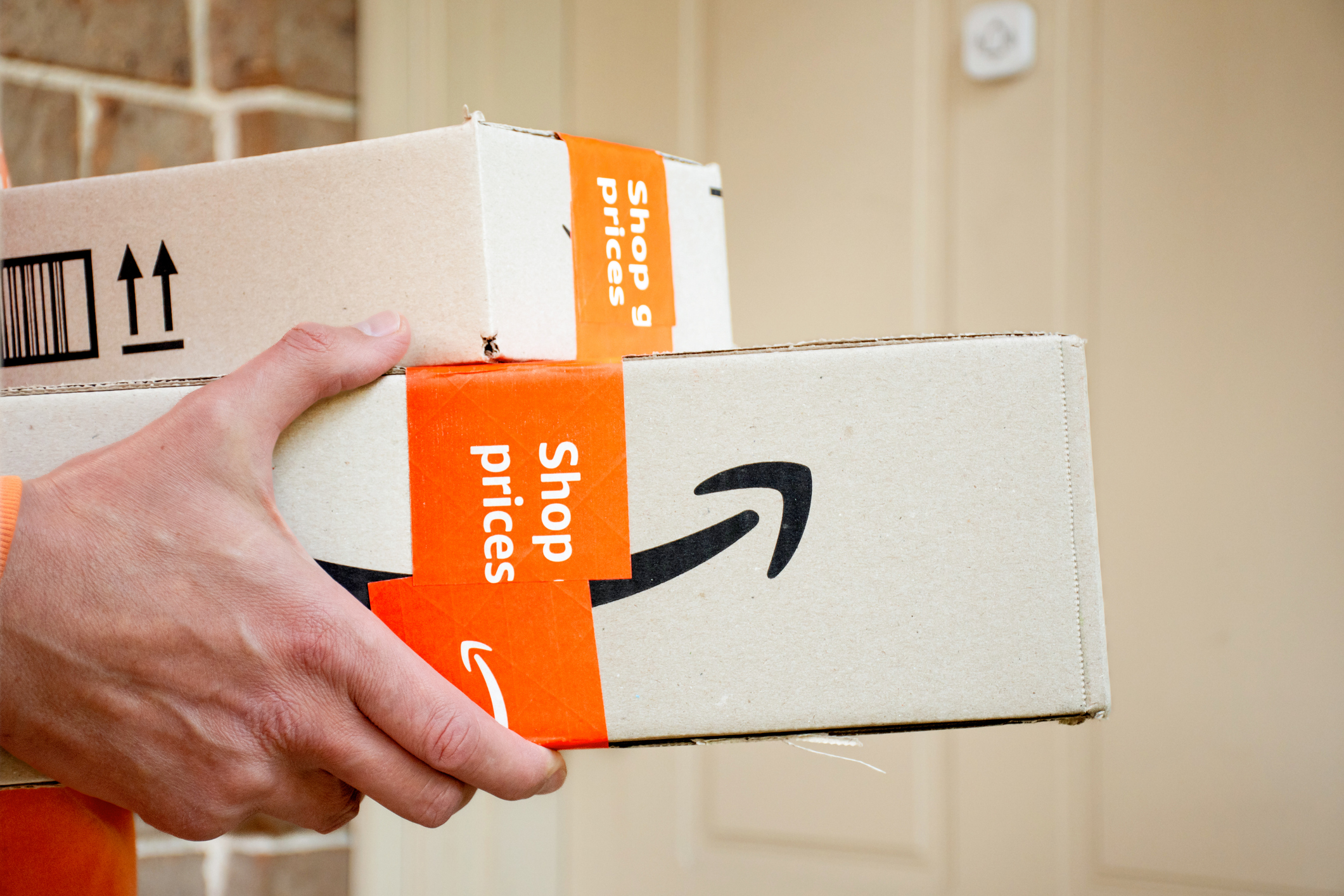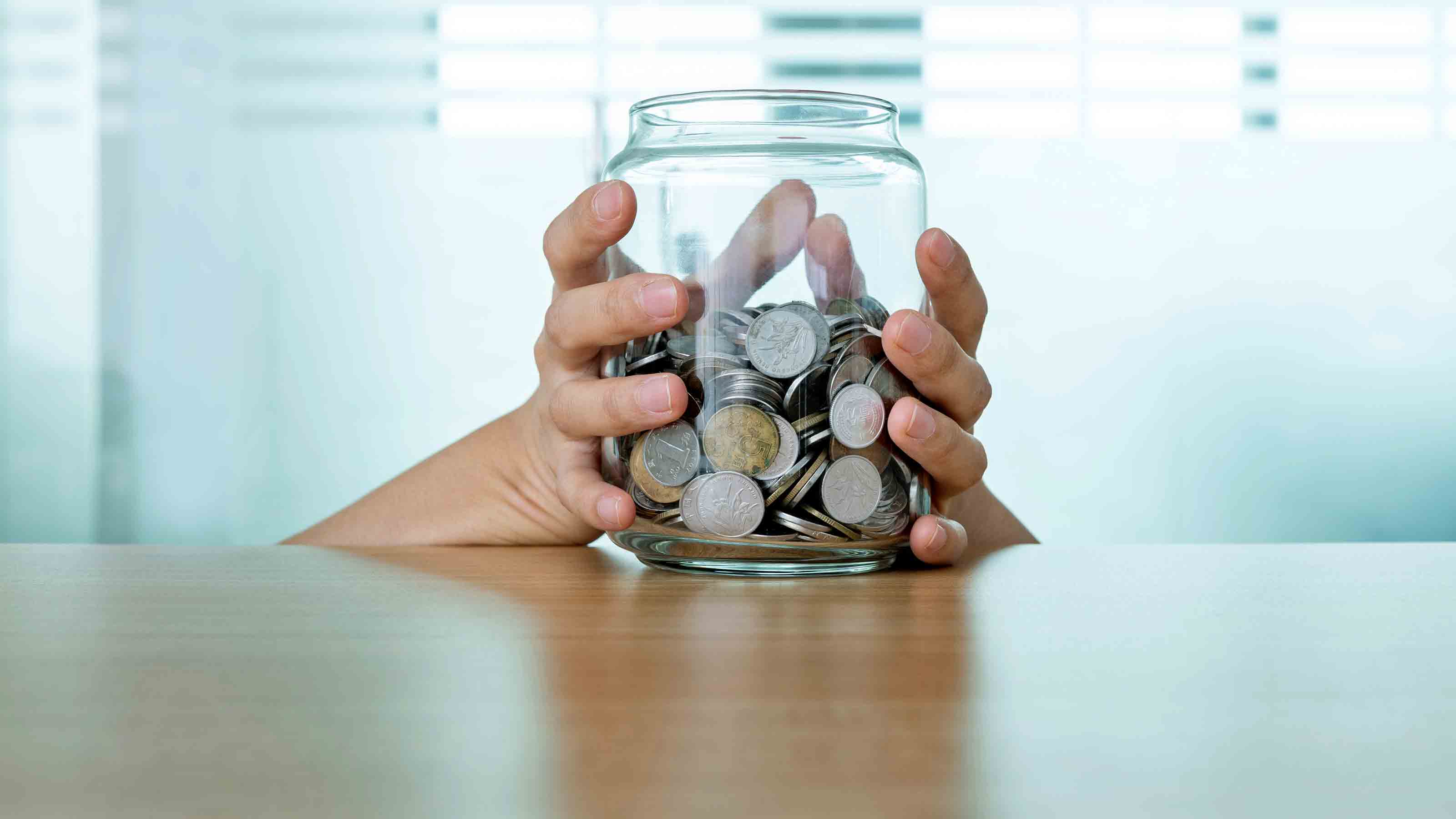7 Strategies to Build an Emergency Fund
You can find cash to set aside for a rainy day -- even if you're living paycheck to paycheck.

You know you need an emergency fund -- easily accessible cash to pay for unexpected expenses. Without one, you could find yourself looking around the house for valuables to pawn, racking up credit-card debt or maybe even considering a payday loan to cover the costs of an emergency.
But you may be wondering how you can find enough spare cash in your budget to set aside for a rainy day. If you’re living paycheck to paycheck, I’m sure the thought of saving up enough money to cover six months’ worth of expenses (as is usually recommended) is especially daunting. The good news is that you don’t have to stash that much cash at once.
The key is to start setting aside a little each month to build your emergency fund. And that doesn’t require a big salary. After all, saving is a function of discipline, not income.

Sign up for Kiplinger’s Free E-Newsletters
Profit and prosper with the best of expert advice on investing, taxes, retirement, personal finance and more - straight to your e-mail.
Profit and prosper with the best of expert advice - straight to your e-mail.
Here are seven ways to find enough money -- and motivation -- to create an emergency fund.
Save -- don’t spend -- your tax refund. About 75% of taxpayers received a refund last year, and the average amount was $2,913. A refund of that size can get your emergency fund off to a great start. Open an interest-bearing savings account and have the money directly deposited into it so you won’t be tempted to use it.
Pay yourself first. Rather than wait until next year for another refund to stash in your emergency fund, adjust your tax withholding by filing a revised W-4 form with your employer (see How to Adjust Your Withholding). This will put more money in your paycheck each month, and you can set that amount aside in your savings account so it can earn interest and grow. (That money won’t be earning any interest during the year if you leave it with Uncle Sam.) If possible, have your employer deposit the designated amount directly into your savings account so you don’t see the money in your checking account and aren’t tempted to spend it.
Find ways to cut back. There’s probably more spare cash for an emergency fund in your budget than you realize. See Build a Better Budget in 2013 for tips on tracking spending and finding ways to cut back.
Generate extra cash to stash. If you’ve already cut back as much as you can just to make ends meet or want to save even more after implementing the tips above, look for ways to earn more money. See 11 Ways to Get Extra Cash and 11 More Ways to Get Extra Cash for ideas.
Set a goal and monitor your success. When people want to lose weight, they usually have a certain number of pounds in mind. And they monitor their success by stepping on the scale regularly. Use the same approach for your emergency fund. Set a goal, and sign up to receive account balance e-mails from your bank. Those regular reminders may encourage you to keep stashing more cash to reach your goal.
Create a competition. If you need more motivation than an e-mail reminder from your bank, consider enlisting the help of your spouse, relative or friend. See who can cut their spending and set aside the most each month. Imagine the amount you and your significant other can save if you’re both regularly stashing cash in your emergency fund. Even if you can’t find anyone to join you in a savings competition, you still could get the extra motivation you need by sharing your goal and reporting your progress to someone.
Toss spare change in a jar. I know what you’re thinking: “Do you seriously think I can build a decent emergency fund by tossing coins in a jar?” No, I don’t. But every little bit helps. My daughter has saved several hundred dollars just by collecting our spare change. You could, too – and you probably wouldn’t even miss that change jingling in your pocket or floating around at the bottom of your purse.
The place to put your emergency savings is in a savings or money-market account. The interest rates on these accounts are not great now, but your principal will be safe and you'll be able to access your money easily. See Bankrate.com to find the best account for you.
Get Kiplinger Today newsletter — free
Profit and prosper with the best of Kiplinger's advice on investing, taxes, retirement, personal finance and much more. Delivered daily. Enter your email in the box and click Sign Me Up.

Award-winning journalist, speaker, family finance expert, and author of Mom and Dad, We Need to Talk.
Cameron Huddleston wrote the daily "Kip Tips" column for Kiplinger.com. She joined Kiplinger in 2001 after graduating from American University with an MA in economic journalism.
-
 You're Stuck Taking RMDs: Now What?
You're Stuck Taking RMDs: Now What?When you've got to take required minimum distributions (RMDs) make some lemonade. Here are our top ideas for using the extra cash to enrich your life — or that of others.
By Maurie Backman Published
-
 Six Best Places to Live in Florida
Six Best Places to Live in FloridaPlaces to Live Florida offers a range of cities where you’re never far from the sound of lapping waves.
By Drew Limsky Published
-
 Five Ways to Save on Vacation Rental Properties
Five Ways to Save on Vacation Rental PropertiesTravel Use these strategies to pay less for an apartment, condo or house when you travel.
By Cameron Huddleston Last updated
-
 How to Avoid Annoying Hotel Fees: Per Person, Parking and More
How to Avoid Annoying Hotel Fees: Per Person, Parking and MoreTravel Here's how to avoid extra charges and make sure you don't get stuck paying for amenities that you don't use.
By Cameron Huddleston Last updated
-
 How to Appeal an Unexpected Medical Bill
How to Appeal an Unexpected Medical Billhealth insurance You may receive a bill because your insurance company denied a claim—but that doesn’t mean you have to pay it.
By Rivan V. Stinson Published
-
 Amazon Prime Fees Are Rising. Here’s How to Cancel Your Amazon Prime Membership
Amazon Prime Fees Are Rising. Here’s How to Cancel Your Amazon Prime MembershipFeature Amazon Prime will soon cost $139 a year, $180 for those who pay monthly. If you’re a subscriber, maybe it’s time to rethink your relationship. Here’s a step-by-step guide to canceling Prime.
By Bob Niedt Published
-
 How to Haggle for Almost Anything
How to Haggle for Almost AnythingSmart Buying Learning how to haggle is an invaluable skill. These strategies will help you negotiate a better price for just about any product or service.
By Katherine Reynolds Lewis Last updated
-
 Disability Insurance Can Provide COVID Coverage
Disability Insurance Can Provide COVID CoverageCoronavirus and Your Money If you are concerned about long-term complications from COVID-19, consider disability insurance coverage.
By Rivan V. Stinson Published
-
 21 Things You Can't Return to Amazon — Either Online or In-Store
21 Things You Can't Return to Amazon — Either Online or In-StoreDid you know there are things you can't return to Amazon? Before adding these 21 items to your cart, be sure to read Amazon's return policy first.
By Bob Niedt Last updated
-
 How to Avoid a Charity Scam
How to Avoid a Charity Scampersonal finance Scammers never quit, even when you're trying to be altruistic. But you can avoid getting duped if you do your homework.
By Rivan V. Stinson Published